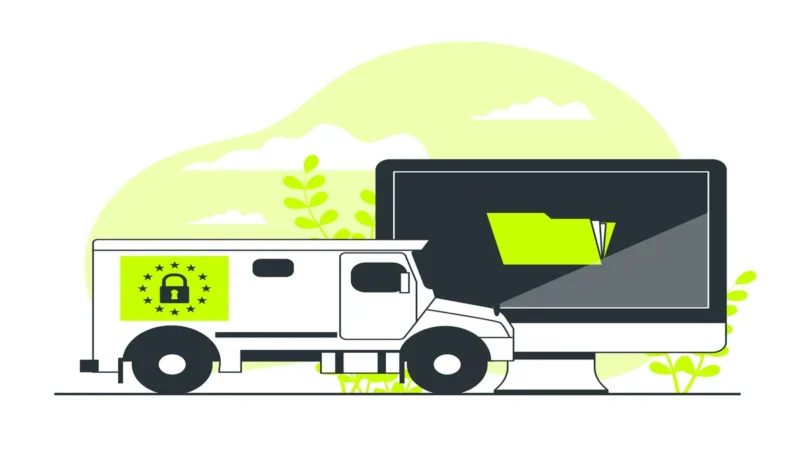Greening the Freight Sector: Strategies for Sustainable Goods Movement

The freight sector plays a crucial role in global trade and commerce, facilitating the movement of goods across vast distances. However, the environmental impact of traditional freight transportation methods, such as trucks, ships, and airplanes, is significant. To address this challenge, there is an urgent need to implement sustainable strategies that reduce greenhouse gas emissions, minimize pollution, and promote eco-friendly practices. In this article, we will explore various strategies for greening the freight sector and achieving sustainable goods movement.
Shifting to Low-Emission Vehicles:
One of the most effective strategies is transitioning from conventional fossil fuel-powered vehicles to low-emission alternatives. Electric trucks, hybrid vehicles, and vehicles running on alternative fuels like biodiesel or hydrogen can significantly reduce carbon emissions. Governments and industries should incentivize the adoption of these vehicles through subsidies, tax breaks, and grants to accelerate the shift towards greener transportation.
Efficient Route Planning and Optimization:
Optimizing freight transportation routes can lead to substantial fuel savings and emissions reductions. Utilizing advanced logistics technologies and data analytics, companies can identify the most efficient routes, minimize empty miles, and consolidate shipments to maximize load capacity. By reducing unnecessary detours and improving overall fleet efficiency, companies can achieve cost savings while also lowering their carbon footprint.
Investing in Intermodal Transportation:
Intermodal transportation, which combines multiple modes of transport like rail, road, and waterways, is a sustainable alternative to solely relying on trucks. Shifting a portion of freight from trucks to trains or barges can significantly reduce emissions, as trains and ships have a lower carbon footprint per unit of cargo transported. Governments can support this transition by improving infrastructure and implementing policies that promote intermodal transportation networks.
Adopting Last-Mile Delivery Innovations:
Last-mile delivery, the final leg of goods transportation to the end consumer, is a critical area for sustainable improvements. Utilizing electric or hybrid vehicles, cargo bikes, or even drones can significantly reduce emissions in urban areas. Additionally, efficient route planning, parcel consolidation, and promoting alternative delivery options like pickup locations or locker systems can help optimize last-mile operations and reduce unnecessary trips.
Encouraging Collaborative Initiatives:
Collaboration among stakeholders in the freight sector is essential for driving sustainable change. Governments, businesses, and logistics providers can form partnerships to share resources, infrastructure, and information. Collaborative initiatives can lead to the development of shared distribution centers, consolidation programs, and cooperative logistics networks, enabling efficient goods movement and reducing environmental impact.
FAQs
Q: Will transitioning to low-emission vehicles increase transportation costs?
A. Initially, the cost of low-emission vehicles may be higher than traditional vehicles. However, as technology advances and economies of scale kick in, prices are expected to decrease. Additionally, fuel and maintenance savings can offset the initial investment, making them cost-competitive in the long run.
Q: Can sustainable strategies slow down goods delivery?
A. With proper planning and optimization, sustainable strategies can actually improve delivery efficiency. Advanced logistics technologies enable companies to optimize routes, minimize delays, and reduce overall transit times. Additionally, intermodal transportation can be more time-efficient for long-haul journeys.
Q: How can governments incentivize sustainable practices in the freight sector?
A. Governments can offer financial incentives such as tax benefits, grants, or subsidies for adopting low-emission vehicles or investing in sustainable infrastructure. They can also impose regulations or emission standards that promote environmentally friendly practices and penalize non-compliance.
Q: What role can consumers play in promoting sustainable goods movement?
A. Consumers can support sustainable goods movement by choosing environmentally conscious brands, opting for eco-friendly delivery options, and reducing unnecessary product returns. By creating demand for sustainable practices
Reference Links:
Freight Transportation: Planning for Sustainable Strategies | Sustainable Last-Mile Logistics: A Review


